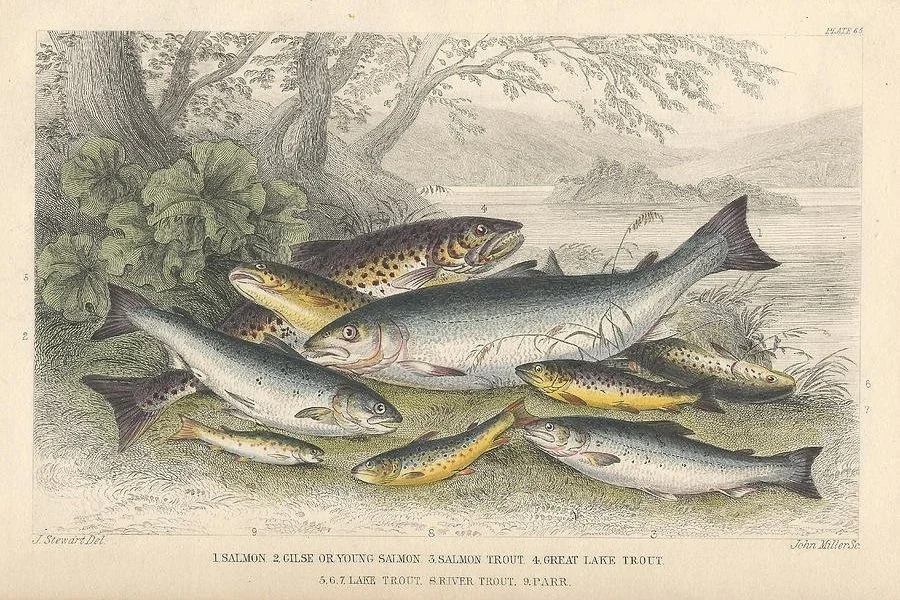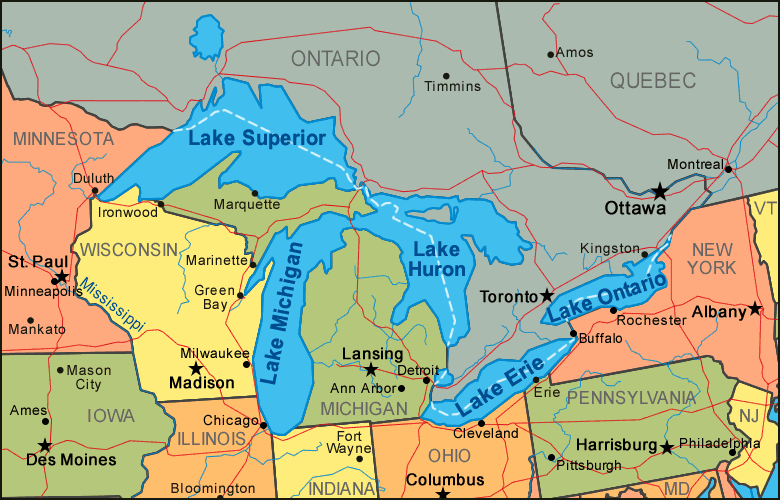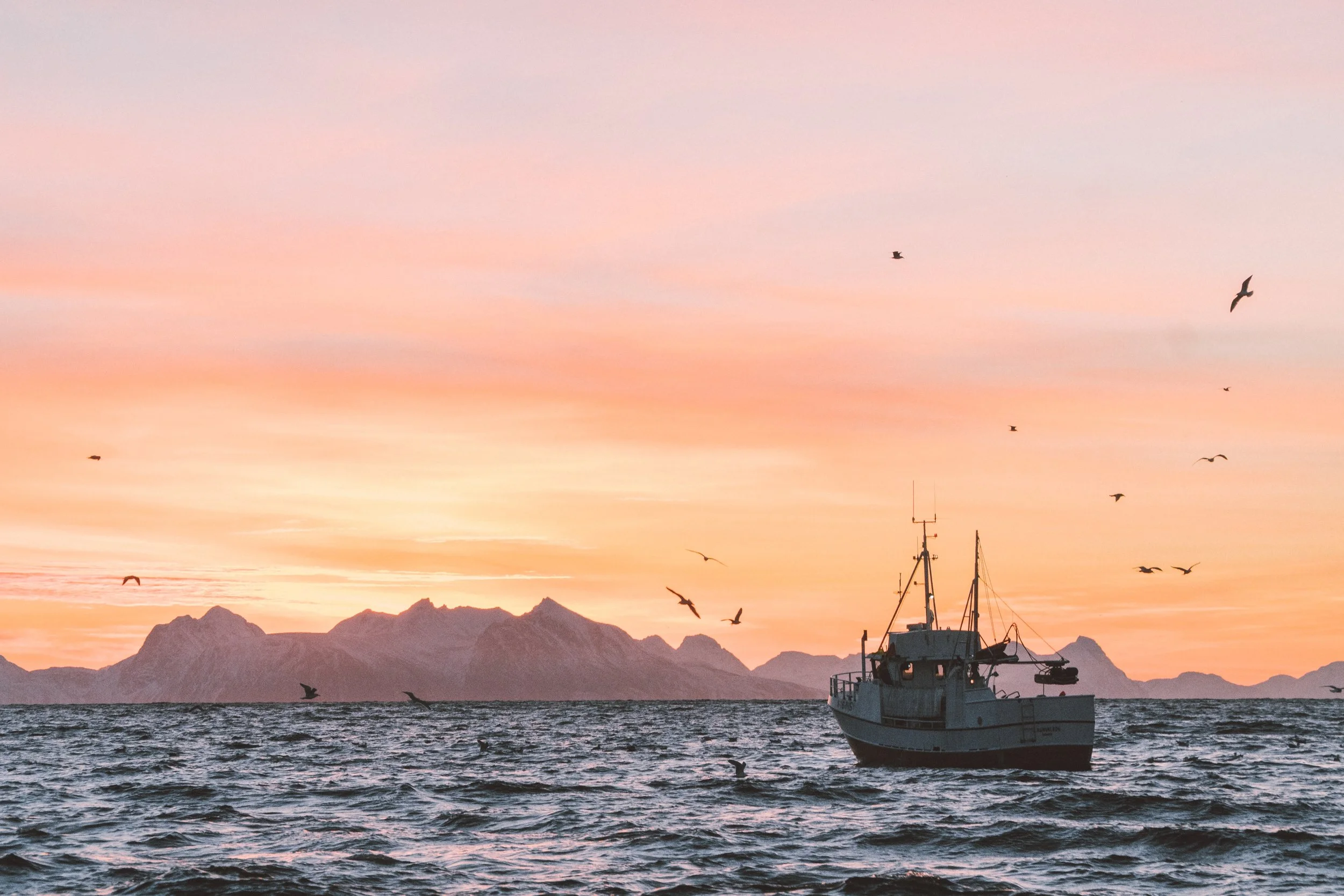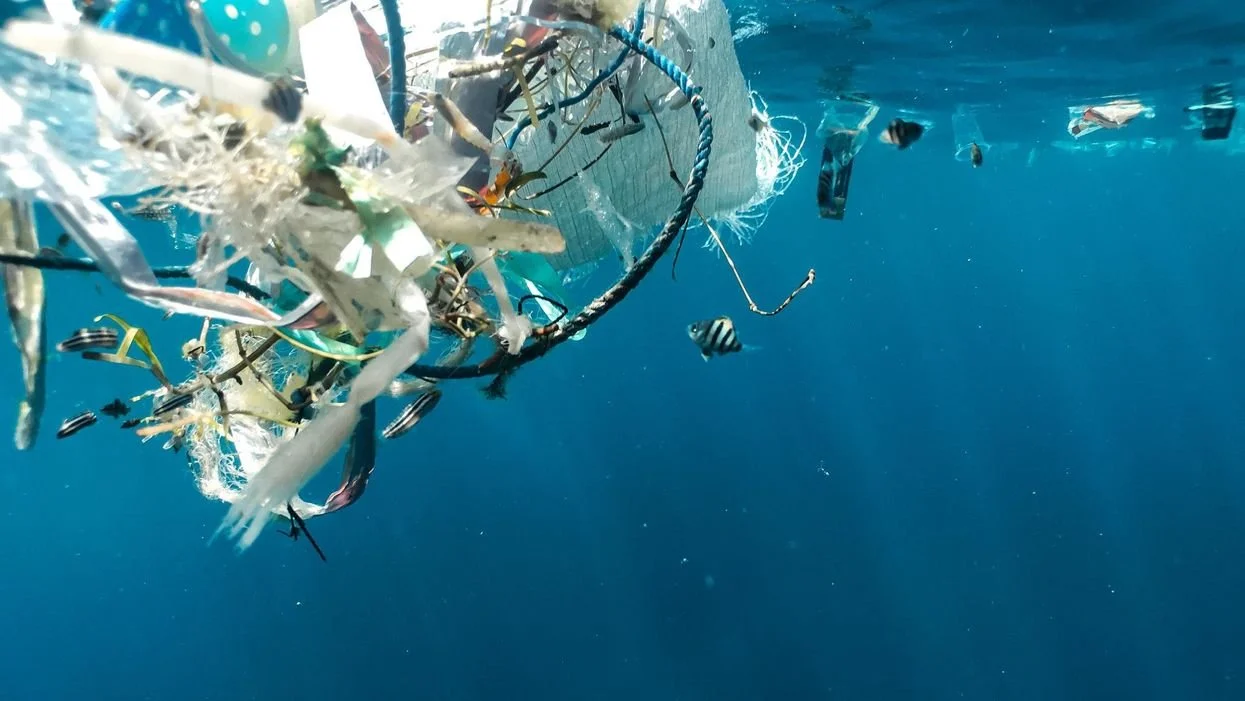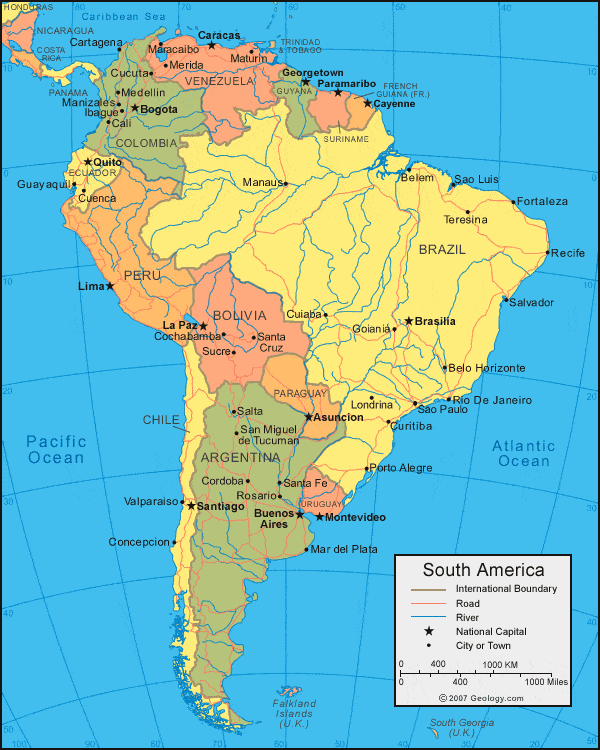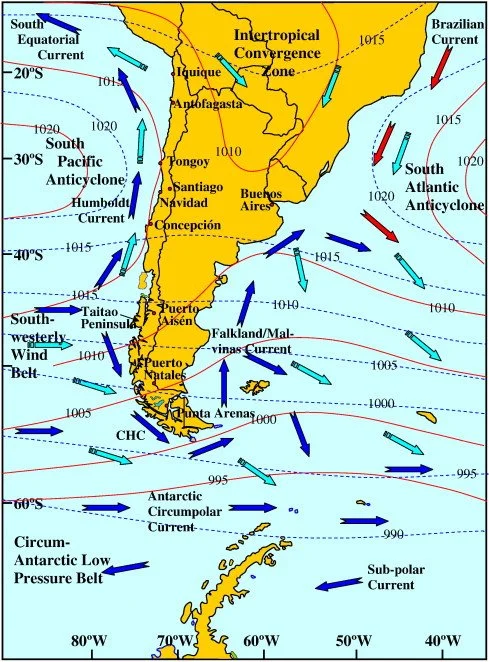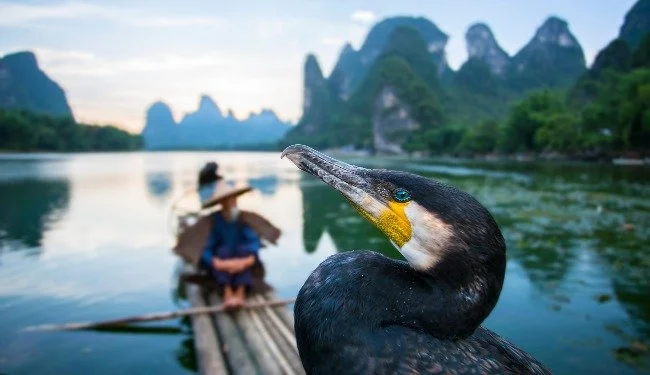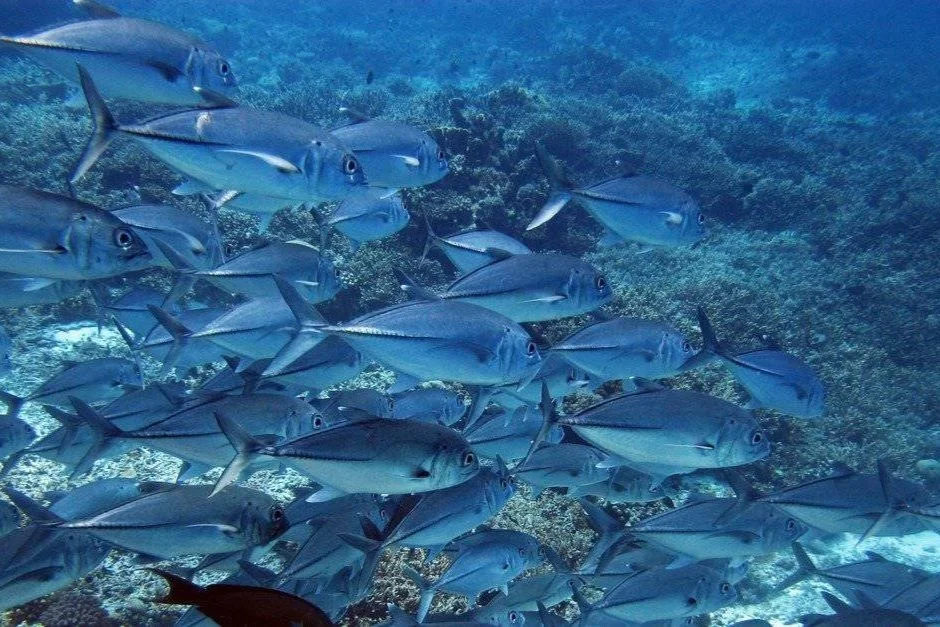Fishing Around the World
Ancient Egypt
Since the first dynasty of the Egyptian Empire (3100-2900 BCE), fishing has played a vital role in providing both food and abundance to Egyptian culture. Fishing meant more than just food to the Egyptians, but rather a spiritual connection to the earth and waters that surrounded the ancient kingdom. In the beginning, the Egyptians mostly used wooden spears and iron hooks to catch their food, with tilapia being the most common fish caught in the Nile. It was said that not one person would be seen without a net along the Nile.
As time went on, and the fishing industry around the world became more advanced with the introduction of fishing lures and more efficient methods, the Nile became densely populated and as a result, the surrounding areas suffered from overfishing and environmental pollutants. The fisheries surrounding the Nile have been severely damaged by an increase in waste from fishing and water waste from cities in the surrounding regions.
ABOUT PHOTO
Photo above depicts the scenery around the Nile River adjacent to the Pyramids of Giza in Egypt.
ABOUT PHOTO
Photo above shows a simple fishing boat that is utilized in the region surrounding modern-day Egypt and the Nile River. This particular boat is carrying a large plastic fishing net at the front of the vessel.
ABOUT PHOTO
Photo above shows a species of tilapia that is native to the Nile River region of North Africa, to include Egypt.
North America
Even before the Colonial era (1492-1776 CE), fishing in North America was a critical means of food and salvation for their tribes and families.
Most of the fishing done in North America happened in the northwest regions of the modern-day United States. The tribes in this area were separated, each having designated areas of settlement. These tribes would fish using different techniques to capture their food, with the most notable being wooden spear fishing and weirs for various kinds of salmon. Weirs are basically wooden fences built along rivers that trap fish in certain areas.
Not only did the fishing industry in America become a massive economic machine, it also became a huge sporting and hobby attraction. Fishing tournaments and recreational fishing in America became commonplace in the 19th century. After the advent of plastic in the mid-20th century, this recreational fishing, though a source of fun and entertainment, eventually began to cause environmental damage due to lost fishing lures and other plastic fishing trash thrown into the waterways of North America.
ABOUT PHOTO
The photo above shows the expansive waterways of the Great Lakes region.
ABOUT PHOTO
Photo above shows a simple wooden reel, likely dating back to the 20th century. The reel includes a small brass piece designed to guide the fishing line, as well as additional brass pieces holding the reel together.
ABOUT PHOTO
This photo displays the wide variety of modern-day fishing lures that are made using both hard and soft plastic, as well as metal. Lures such as these are commonly purchased at sporting goods and bass pro-shops across the world.
ABOUT PHOTO
Here is a painting of indigenous people fishing using both spears, which are featured in center of the painting, as well as a weir, which is featured on the left hand side of the painting.
ABOUT PHOTO
The photo above shows the coastline in the Great Lakes region of the Americas.
ABOUT PHOTO
The photo above shows a drawing of a type of salmon native in North America.
ABOUT PHOTO
Photo above shows the entirety of the Great Lakes region, which covers a vast area including Wisconsin, Michigan, Illinois, Indiana, Ohio, Pennsylvania, New York, as well as the Canadian provinces of Ontario and Quebec.
ABOUT PHOTO
The photo above shows a commercial fishing boat in Alaska.
ABOUT PHOTO
This photo displays the very first plastic fishing lure, and Nick Creme, the man who created it in Akron, Ohio.
ABOUT PHOTO
This photo is an example of plastic waste that is commonly found in waterways around the world. Clearly these types of plastic waste masses are a health hazard to both animals and humans.
South America
Similar to North America, historically fishing was very prominent in South America as well, with modern-day Chile and Peru being the most fished regions. Through research, it can be confirmed that fishing in these regions has been going on for thousands of years. It has been difficult for archeologists to track the fishing patterns of these native people, but due to the help of Middens (heaps of discarded trash from natives), they have been able to date when these fish were most likely caught.
Like the natives in North America, fishing in South America mostly consisted of net fishing and spearfishing with the occasional bow fishing being used. The people of these regions had to deal with constantly changing sea currents, and one of the most bio-diverse water in the world is along the southern coast of South America.
As time has passed, based on the metric tonnage of fish being caught, the fishing industry in Peru has become the largest fishing industry in the world, and the most common fish being caught is the Peruvian Anchoveta. This large fishing economy has caused political tensions throughout the country. Likewise, Chile has suffered massively from overfishing and a decline in fish in its surrounding waters. This overfishing is due to new technological advances in fishing, such as plastic lures and large fishing boats that have the capacity to hold thousands of fish at a time.
ABOUT PHOTO
The photo above is a drawing of a Peruvian Anchoveta.
ABOUT PHOTO
Often dubbed "a living fossil," paiche is the second largest species of freshwater fish in the world.
ABOUT PHOTO
The photo above showcases the sea currents around southern South America.
China
China has a rich history of fishing, with unique ways the indigenous Chinese people would catch their food. Like many other ancient civilizations the people of Ancient China relied on fishing as a means of connecting with the nature around them and food for nourishment. Unlike some other civilizations, the Chinese people used a different type of fishing called cormorant fishing. This technique was performed using a cormorant bird, in which the bird would be trained to see fish in the water and dive beneath the surface and catch the fish with its talons. This technique was first performed during the Sui Dynasty and till to this day is a tourist attraction around the world. This wasn’t the only way in which the ancient Chinese people would catch fish, they also used traditional styles like net fishing and spearfishing.
Just like all over the world, the fishing industry in China changed drastically. Through the introduction of large fishing boats, China has abused their powers and are a main cause of overfishing in the seas surrounding them. The Chinese have had disputes with other countries regarding their fishing territory and regime. Due to all of this fishing, China is one of the biggest suppliers of fish across the world.
ABOUT PHOTO
The photo above showcases cormorant fishing, a traditional fishing technique in which fishermen use trained cormorants to catch fish in rivers.
Phillipines & Korea
In both the Philippines and Korea, fishing has always been an integral part of their culture. In Korea, for example, archeologists have found fishing nets that some scientists believe date back over 20,000 years ago. There is also evidence of old stone sinkers that the native Koreans would have used to catch their fish. In the Philippines, like Korea, the main way of fishing was using nets. In the waters surrounding both Korea and the Philippines, there are thousands of species of fish, so it is hard to say exactly what types of fish were most commonly caught. However, milkfish, a member of the Chanidae family, is very popular in the region.
As fishing changed around the world, Korea adapted to changes easily, while the Philippines did not as much. The Korean fishing industry is mainly focused on providing food for South Korea with South Korea being one of the biggest consumers of fish in the world. In the Philippines, people have stuck to the old ways of fishing and have not made significant transitions to modern day fishing strategies as other countries have. This is due to the great distances between many islands in the Philippines, with each island providing food for their locals through fishermen. Net fishing and rod and reel are the most common methods.
ABOUT PHOTO
This photo shows a school of milkfish swimming amongst living reefs in the Philippines.
ABOUT PHOTO
The photo above showcases ancient Korean stone sinkers.











